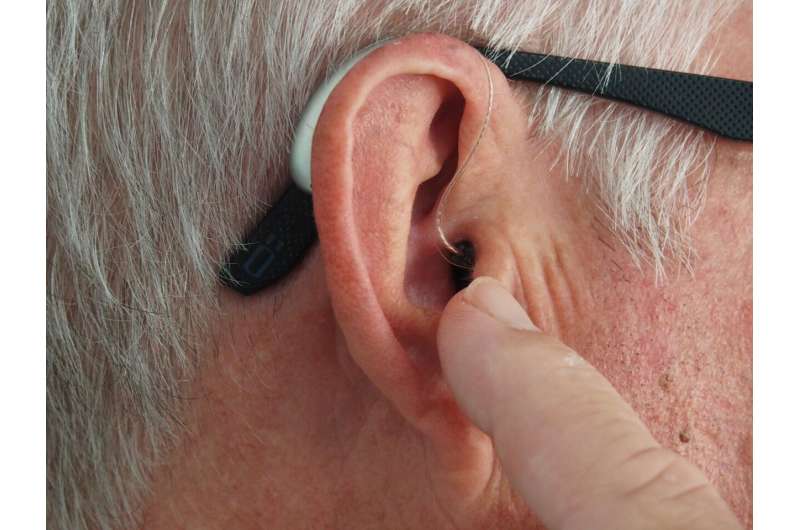Study Finds Buprenorphine During Pregnancy Reduces Preterm Birth and Long-Term Costs for Mothers and Infants with Opioid Use Disorder

Research shows that buprenorphine treatment during pregnancy improves health outcomes for mothers and infants with opioid use disorder and results in significant long-term cost savings.
Over the past two decades, opioid-related deaths among women of reproductive age have significantly increased, with overdose becoming a leading cause of maternal mortality in the United States. As this crisis intensifies, understanding the impact of different treatment options for opioid use disorder (OUD) during pregnancy has become a critical area of research.
Recent study published in JAMA Pediatrics highlights that medication-assisted treatment—particularly buprenorphine—offers substantial benefits over alternatives like methadone, naltrexone, or no treatment at all. Using advanced simulation models, researchers projected health outcomes and associated costs for pregnant women with OUD and their infants, tracking these impacts throughout their lifetimes.
The findings reveal that outpatient buprenorphine treatment consistently results in better health outcomes and significant cost savings—comparing favorably to other treatment methods—across a wide range of scenarios. Notably, buprenorphine was associated with lower incidences of preterm birth and was protective against low birth weight, two critical factors contributing to infant morbidity and mortality.
This research, led by experts from Vanderbilt University Medical Center and Emory University, emphasizes that the choice of medication plays a vital role in long-term health for mothers and their children. While buprenorphine offers significant advantages, individual patient circumstances may make methadone a more suitable option in some cases. The study also suggests that improving access to buprenorphine and optimizing dosing protocols during pregnancy could enhance outcomes.
Financially, the study estimates that treating pregnant women with OUD using buprenorphine could save approximately $4 billion in lifetime costs related to infant health, primarily through reduced preterm births and related complications. Such savings underscore the importance of expanding coverage and removing barriers to effective OUD treatment, especially within Medicaid, which is the primary insurer for pregnant women in many regions.
In conclusion, these insights provide strong evidence supporting buprenorphine as a cost-effective, health-promoting treatment choice in pregnant women with opioid use disorder. However, clinicians should tailor treatment plans to individual needs, ensuring both safety and efficacy. The study advocates for policy changes that facilitate better access to buprenorphine and highlights the importance of patient-centered care in managing opioid dependence during pregnancy.
Source: https://medicalxpress.com/news/2025-09-buprenorphine-linked-preterm-birth-lifetime.html
Stay Updated with Mia's Feed
Get the latest health & wellness insights delivered straight to your inbox.
Related Articles
Global Disparities in Hearing Loss and Hearing Aid Usage Highlight Cultural and Structural Challenges
A comprehensive study reveals that countries with high levels of hearing loss often have low hearing aid adoption, highlighting global disparities influenced by socioeconomic and cultural factors. Addressing these barriers is crucial for improving hearing healthcare worldwide.
New DIAL Syndrome Identified: Linking DNA Repair Defects to Childhood Cancer and Chemotherapy Response
Scientists have discovered DIAL syndrome, a new hereditary disorder caused by mutations in the DIAPH1 gene, linking faulty DNA repair to increased childhood cancer risk and chemotherapy sensitivity. Early diagnosis could improve personalized treatment strategies.
Blood-Brain Barrier Remains Intact in Common Alzheimer's Disease Model, Challenging Old Beliefs
New research suggests that the blood-brain barrier remains largely intact in a common Alzheimer's disease mouse model, challenging previous beliefs about disease-related brain leakiness and informing future treatment strategies.
Microplastics Impact Human Gut Microbiome: First Study Using Human Samples
A pioneering study reveals that microplastics can alter the composition and metabolism of the human gut microbiome, potentially influencing health and disease risk. Learn about the latest findings at UEG Week 2025.



